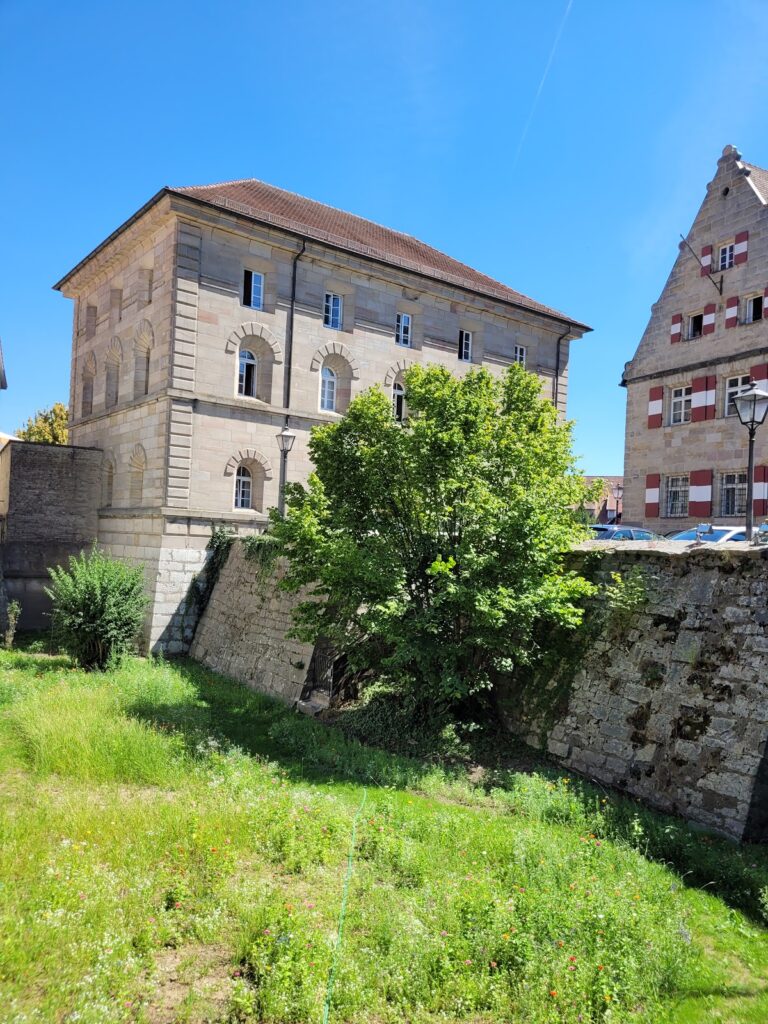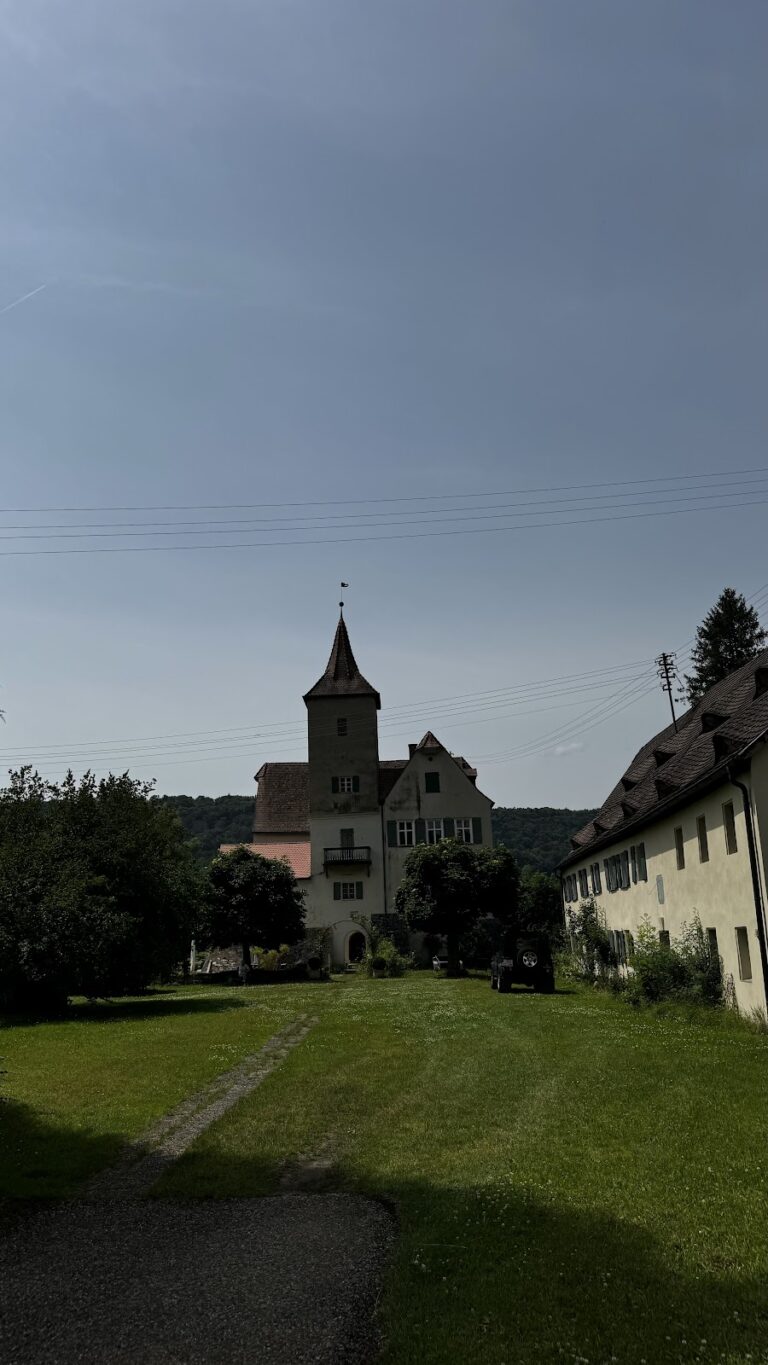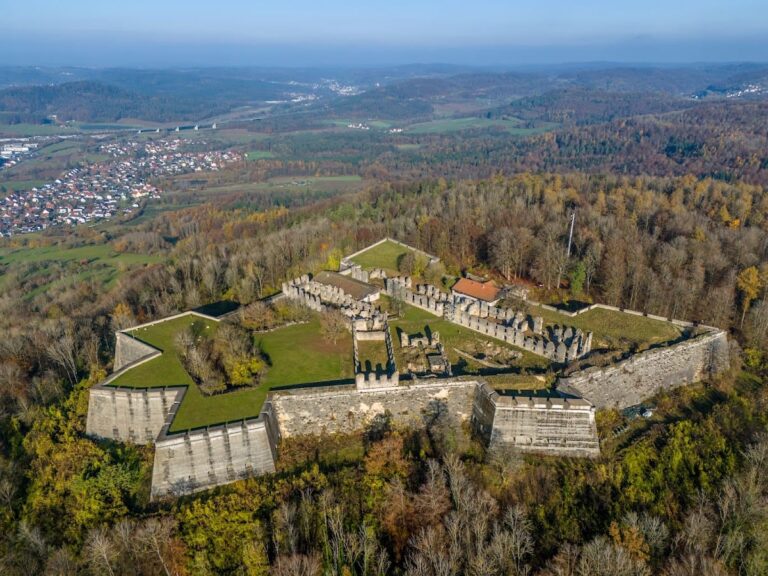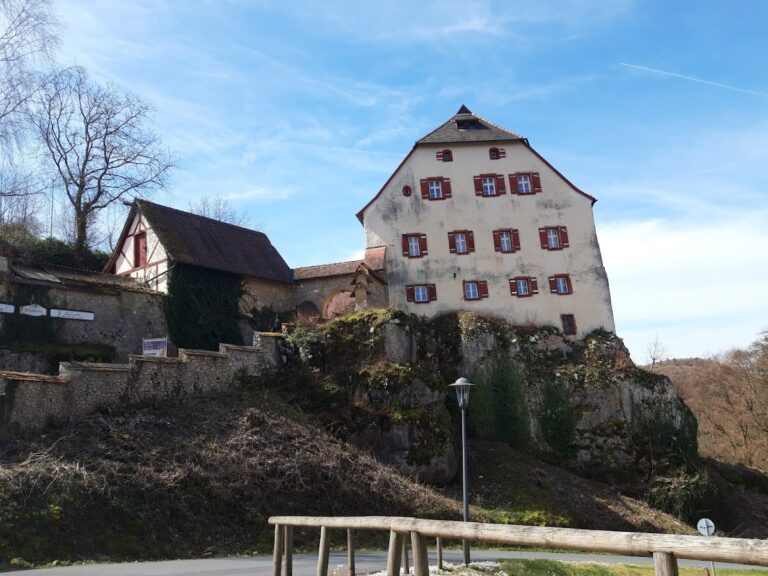Schloss Hersbruck: A Historical Castle and Administrative Center in Germany
Visitor Information
Google Rating: 4.4
Popularity: Very Low
Google Maps: View on Google Maps
Official Website: hersbruck.de
Country: Germany
Civilization: Unclassified
Remains: Military
History
Schloss Hersbruck is situated in the town of Hersbruck, Germany, and its origins trace back to medieval times when the site belonged to the German civilization. The earliest known structure at this location was an older castle or fortified tower connected to a monastic estate. While the exact date of construction remains uncertain, it is believed that either the Sulzbach counts in the 11th or early 12th century or the Staufer dynasty in the late 12th or early 13th century commissioned this original fortified residence.
Following the incorporation of Hersbruck into the Free Imperial City of Nuremberg after 1504, the city authorities directed the demolition of the ancient tower. Stones from this dismantled structure were reused to strengthen the surrounding moat, reflecting a practical reuse of building materials. In 1517, on the site of the former residential building referred to as the Kemenate, Hans Beheim the Younger, a master builder employed by Nuremberg, erected a modest two-story building featuring a hipped roof. This Renaissance-era building preserved the basic footprint of its medieval predecessor, marking a new chapter in the site’s development.
During the 17th century, the castle served as the administrative center for one of the multiple districts (known as Pflegämter) overseeing Nuremberg’s territorial possessions. A significant event occurred in 1616, when Emperor Matthias and his entourage stayed in Hersbruck. This visit inspired the local administrator to propose expansion plans aimed at enhancing the castle’s functionality and status within the region.
The 19th century brought further transformation. In 1840, a tithe barn previously standing on the grounds was replaced by a prison fortress, known in German as a Fronveste, indicating a shift in the castle’s role toward judicial and correctional functions. The western castle tower underwent partial demolition in 1909 but was carefully restored several decades later in 1972. Throughout the 19th and 20th centuries, the building continued to house various administrative offices, including a district court, revenue office, and district council office, reflecting its continued importance in local governance.
Today, Schloss Hersbruck remains a hub of judicial administration, serving as the local district court (Amtsgericht Hersbruck). It operates under the authority of the regional court in Nuremberg-Fürth and the higher regional court of Nuremberg, maintaining its centuries-old tradition as a center of authority within the town.
Remains
The current Schloss Hersbruck comprises a two-story Renaissance building constructed in 1517, resting largely upon the foundations of an earlier medieval residential structure known as the Kemenate. This building measures approximately 27 meters long and 11 meters wide and features a hipped roof characteristic of the period’s architectural style. Its modest design reflects the practical considerations of Nuremberg’s builders, emphasizing function and continuity with the past rather than ornate decoration.
Originally, the site included a fortified tower, which was a significant defensive feature of the older castle complex. After Hersbruck became part of Nuremberg’s territory post-1504, this tower was deliberately dismantled, and its stones were repurposed to strengthen the castle’s moat, demonstrating the adaptive reuse common in medieval fortifications. The western tower, a later element of the ensemble, faced partial demolition in the early 20th century but was subsequently restored in 1972, preserving an important component of the castle silhouette.
In 1840, the occupants removed a tithe barn that had been part of the estate and replaced it with a prison fortress known as a Fronveste. This structure marks a significant alteration in the functional layout of the castle grounds and represents the changing needs of local administration in the 19th century, with a focus on judicial and penal institutions.
Today, the remaining castle buildings stand as a cohesive group reflecting several layers of architectural history, from the medieval foundations through the Renaissance rebuilding to 19th and 20th-century adaptations. Restoration efforts, particularly of the western tower, have maintained the structural integrity of the site, allowing Schloss Hersbruck to continue its administrative function while preserving its historical character.










